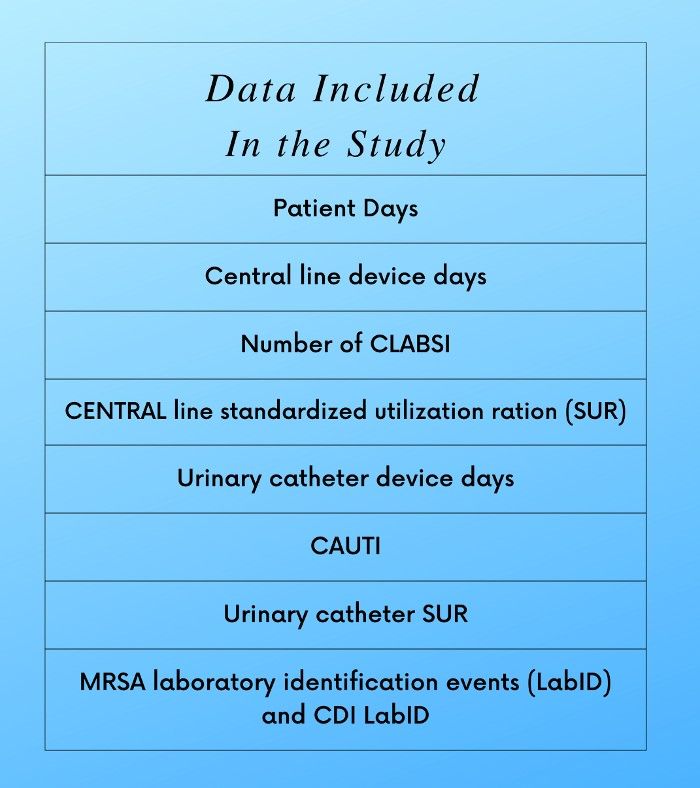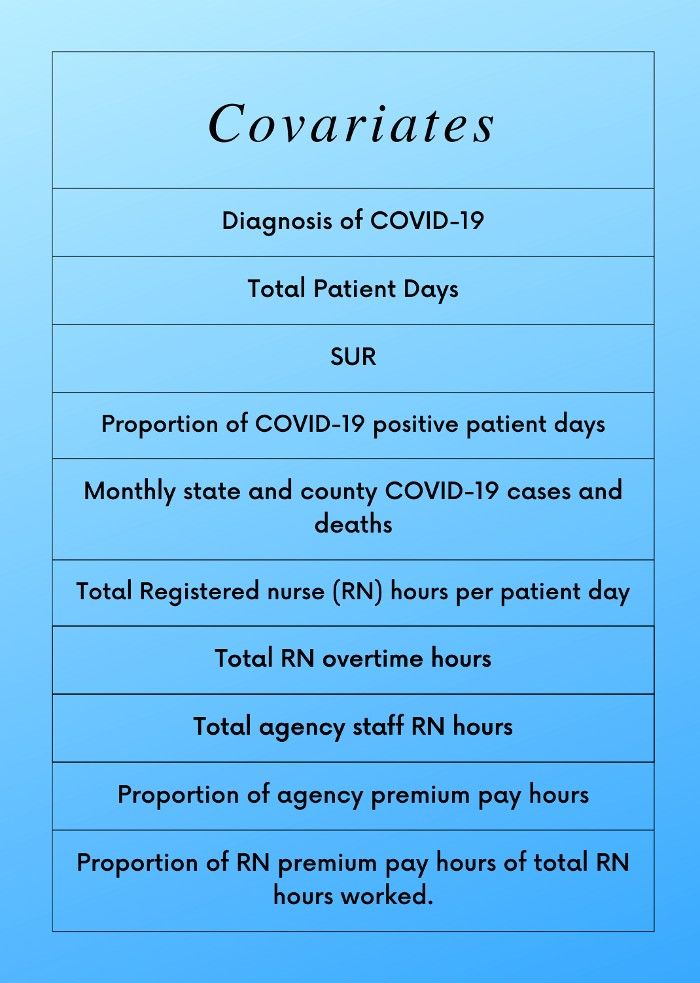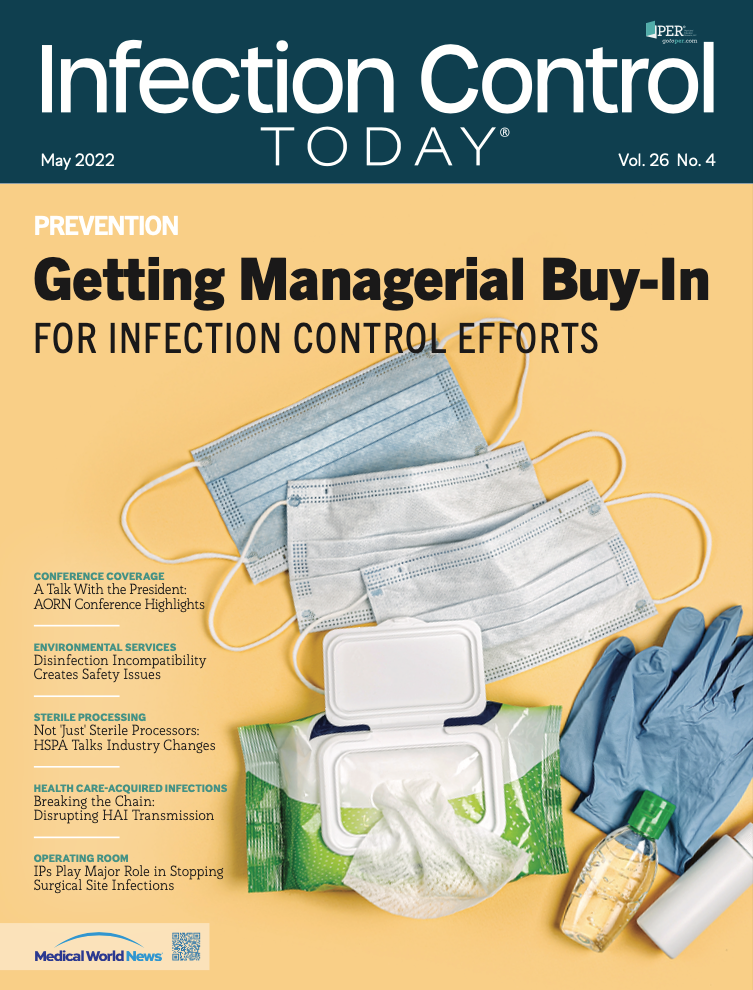Elevated HAI Rates During COVID-19 Associated With Increased Premium Pay, Agency Hours
The study examined the impact of COVID-19 pandemic on specific types of infections, including MRSA and CDIs.
(Adobe Stock)

The COVID-19 pandemic and its effect on hospital policies and staffing significantly impacted hospital-acquired infection (HAI) rates at 2 hospitals in the same health system in Illinois between September 2017 and December 2020, according to a recent study, titled “Impact of COVID-19 on Hospital Acquired Infections,” published in the American Journal of Infection Control.
Halverson et al conducted this study to examine the impact of the COVID-19 pandemic on specific types of infections including device related infections, catheter-associated urinary tract infections (CAUTIs), central line-associated bloodstream infections (CLABSIs), methicillin resistant Staphylococcus aureus (MRSA), and Clostridiodes infections (CDIs).
The investigators predicted that the “device related infections, catheter-associated urinary tract infections (CAUTIs) and central line-associated bloodstream infections (CLABSIs) would increase due to the change in the complexity of hospitalized patients and the safety practices that were implemented to decrease COVID-19 transmission risk to healthcare providers (ie enter patient room less frequently),” Halverson et al wrote. “It was also predicted that methicillin resistant Staphylococcus aureus (MRSA) and Clostridiodes infections (CDIs) would decrease due to increased environmental cleaning.”
Figure 1. Data included in the study.

Premium pay hours (the combined total of overtime hours and agency hours), specifically non-permanent staff, float nurses, and overtime hours, significantly associated with increased HAI levels. The authors noted in the study that “previous studies have found that COVID-19 patients and COVID-19 designated units are more likely to have more HAIs than COVID-19 negative patients and non-COVID-19 units.”
Notably, both hospitals showed significant increases in HAIs during the COVID-19 pandemic despite their differences: the first hospital was a 159-bed in a suburban community hospital and the second hospital was an 894-bed urban academic training hospital.
The data [Figure 1] from the 2 hospitals combined showed a significant increase in CLABSI per 1000 patient days and 1000 device days during the pandemic (P < 0.01, P < 0.05). Also, a significant increase was seen in the total number of infections per 1000 patient days (P < 0.05) and a trend towards a significant increase in CAUTI per 1000 patient days (P = 0.052). When examining the staffing measures significant increases were seen in percent of hours that were premium pay (P < 0.005), RN per patient days (P < 0.0005), agency hours (P < 0.01), and percent of premium pay that were agency hours (P < 0.0001).
Figure 2. Covariates of the study.

Because multiple covariates [Figure 2] significantly correlated with both individual and combined HAI rate during COVID-19, the Halverson et al performed a multivariate linear regression “to determine if the non-clinical factors of staffing and COVID-19 cases and deaths in the area significantly correlated with the HAI increases,” they wrote. They adjusted for the percentage of Illinois and county level COVID-19 cases and deaths, and they noted the percent of premium pay hours was significantly associated with an increase in total HAI rates. “Every 1% increase in premium pay hours resulted in 0.13 total HAIs when adjusting for Illinois level COVID-19 cases and deaths and 0.13 HAIs in adjusting for county level data. (P < 0.05, P < 0.05). This was higher than during the non-COVID time period when every 1% increase in premium pay hours resulted in 0.077 total HAIs,” they found.These results correlate with the outcomes of a study previously covered by ICT®.
The authors did not include surgical site infections in the study because of the significant change in surgical volume the pandemic caused. Also, patients admitted to the inpatient rehabilitation, psychiatric, labor and delivery, and mother and baby units were not included in the results of the study.
Halverson et al admit that the findings, while important, are limited in what they offer for policy changes besides increasing clinical practical surveillance. However, “Our finding that premium pay hours, and in particular agency hours, does provide an avenue for further research and potential policy changes related to onboarding and continuing education,” they wrote. Further study is justified with an increased sample size and more hospitals.
An article from ICT® discusses the recommendations from the Association for Professionals in Infection Control and Epidemiology (APIC) COVID-19 Task Force to prevent the increased of HAIs during a future pandemic.
With ongoing staffing shortage in the medical field, ensuring that proper training and education is in place for staff is vital. Infection preventionists must be able to audit and partner with staff to help reduce the increased infection rates. The authors suggest that “increased attention to adherence of device bundle elements, device necessity, and observations of IP practices including hand hygiene and cleaning should occur, particularly during a pandemic surge when staff are flexed to work in alternate locations or when increase in agency staff are utilized. While these patients had a high degree of complexity and often had multiple devices, care was bundled to reduce the staff encounters with patients and thorough device care may have been negated.”

Robust infectious disease surveillance, including rapid subtyping of influenza A, is essential for early detection, containment, and public health reporting of novel viral threats.
Robust infectious disease surveillance, including rapid subtyping of influenza A, is essential for early detection, containment, and public health reporting of novel viral threats.
2 Commerce Drive
Cranbury, NJ 08512